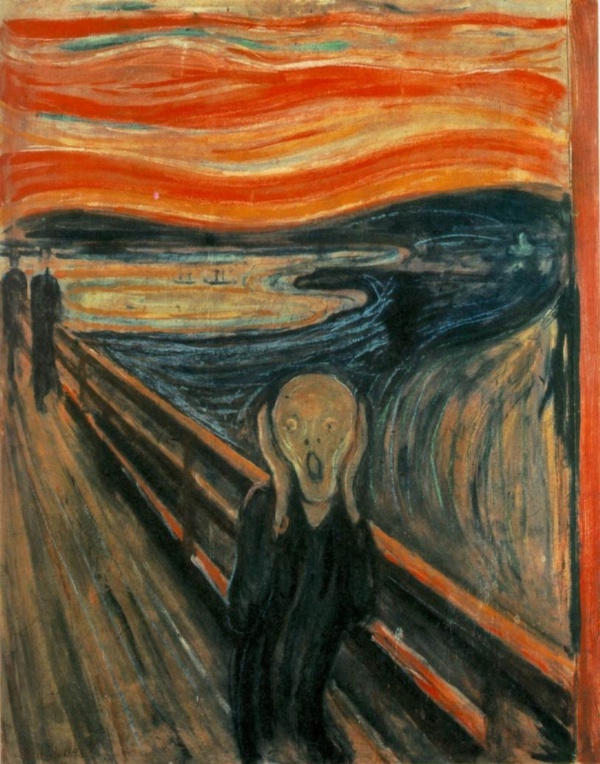Facts About The Scream
Edvard Munch’s "The Scream" is one of the most recognizable artworks in the world. Painted in 1893 by the Norwegian Expressionist, it depicts an agonized figure set against a swirling, vibrant sky, perfectly capturing a moment of intense anxiety. Originally titled "Der Schrei der Natur" in German and "Skrik" in Norwegian, the piece was inspired by a vivid sunset Munch witnessed, which evoked a profound sense of distress and what he described as an "infinite scream passing through nature."
Munch created several versions of "The Scream" employing both paint and pastels. One of these pastel versions made headlines when it sold for nearly $120 million at auction in 2012, making it one of the most expensive artworks ever sold.
The story behind "The Scream" adds to its mystique. Munch drew from his personal experiences and the environment around him. Some theories suggest that natural phenomena, like volcanic eruptions, may have influenced the eerie colors and mood of the painting.
Unfortunately, "The Scream" has also been a target for art thieves. It was stolen in 1994 and again in 2004, but both times the artwork was recovered, though not without some damage.
Culturally, "The Scream" has left an indelible mark. It has been parodied and referenced countless times in literature, art, and even in emojis. The iconic Ghostface mask from the "Scream" horror movie series was directly inspired by Munch’s work.
Today, "The Scream" remains a powerful symbol of human anxiety and despair, continuing to resonate with audiences around the world. Its far-reaching influence in art and popular culture ensures its place as an iconic masterpiece for generations to come.

 Sweden
Sweden